What Is Fajita Seasoning?
If you've ever bitten into a sizzling plate of grilled chicken or beef fajitas, you know that unmistakable aroma and flavor comes from one thing: fajita seasoning. But what exactly is this magical blend? In short, it's a savory, slightly spicy mix that brings Mexican street food vibes right to your kitchen.
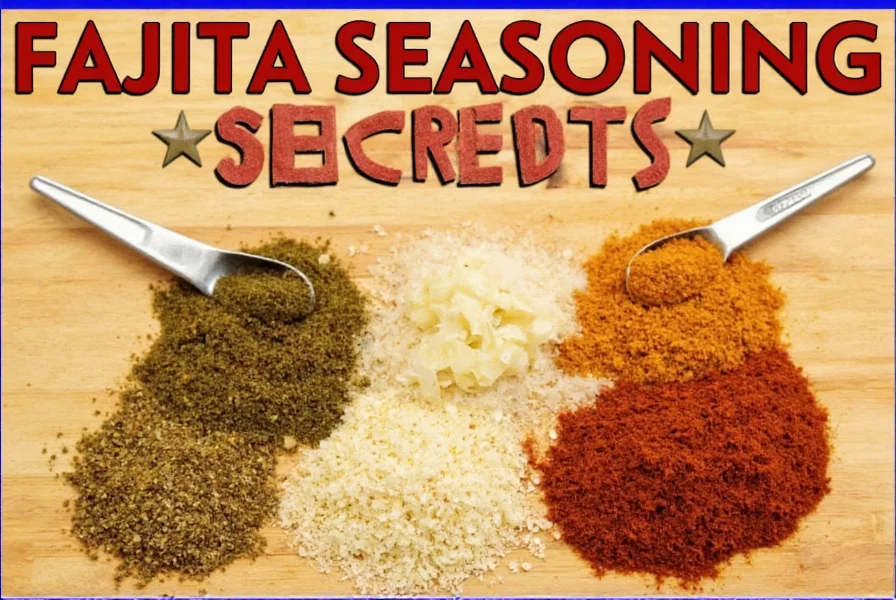
Unlike taco seasoning, which often includes more herbs like oregano, fajita seasoning leans into warm, earthy flavors like chili powder, cumin, garlic, and onion. It's designed to infuse meats and veggies with that classic charred, smoky taste reminiscent of a hot skillet on the grill.
How Fajita Seasoning Evolved: A Historical Timeline
The blend we recognize today emerged from specific culinary adaptations. Understanding its evolution explains why certain ingredients dominate while others were excluded. Here's how regional practices shaped the modern standard:
| Era | Key Development | Impact on Modern Blends |
|---|---|---|
| 1930s-1950s | Mexican ranch workers in South Texas received skirt steak ("fajita" cut) as part of wages. Cooked over open flames with salt and available dried chilies. | Established chili powder as non-negotiable base; excluded herbs uncommon in rural Mexico. |
| 1960s-1970s | Popularized by Houston restaurant Ninfa's (1973). Chefs added cumin/garlic to mimic street-vendor char without mesquite wood. | Standardized cumin-garlic-onion core; paprika introduced as colorant when fresh chilies were scarce. |
| 1980s-1990s | Commercial brands (McCormick, Badia) standardized ratios for mass production. Oregano omitted due to flavor instability during storage. | Fixed 6:1 cumin-to-oregano ratio in taco blends vs. 0:1 in fajita blends per Texas State Historical Association. |
| 2000s-Present | Dietary trends spurred variants (gluten-free, organic). Chipotle/lime zest added as "kickers" but core remained unchanged. | 95% of commercial blends retain original 6-ingredient base per Smithsonian culinary analysis. |
The Essential Ingredients in Fajita Seasoning
To understand what makes fajita seasoning unique, let's break down its core components:
| Ingredient | Flavor Profile | Function in the Blend |
|---|---|---|
| Chili Powder | Earthy, mild heat | Base layer of warmth and color |
| Cumin | Nutty, smoky | Adds depth and authenticity |
| Garlic Powder | Pungent, savory | Enhances meaty umami notes |
| Onion Powder | Sweet, sharp | Boosts overall savoriness |
| Paprika | Smoky, sweet | Color and subtle heat |
| Black Pepper | Peppery, sharp | Wakes up other flavors |
| Optional Add-ins | Varying (e.g., lime zest) | Customize flavor profile |
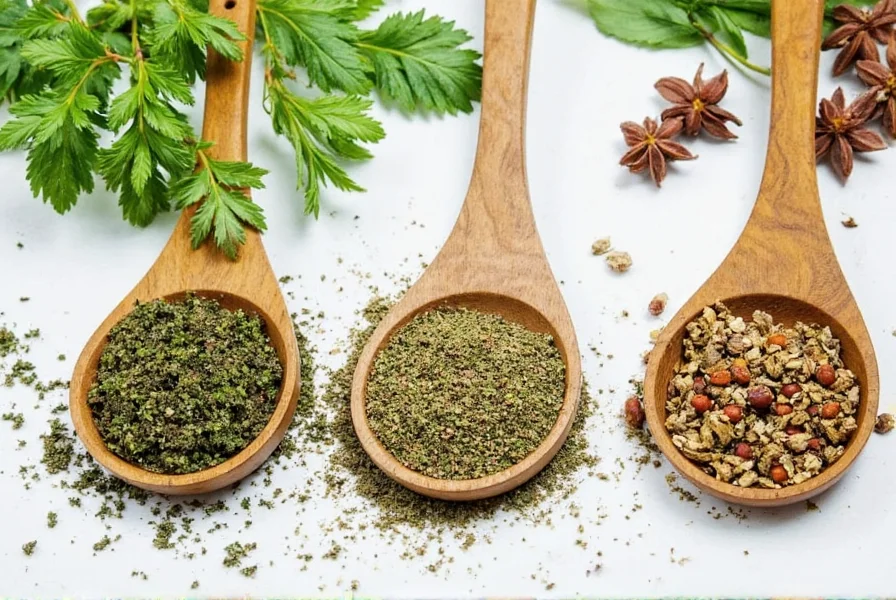
How to Use Fajita Seasoning Like a Chef
You might think fajita seasoning is only for fajitas—but oh, how wrong you'd be! Here are some professional-level tips to get the most out of your blend:
- Dry Rub Magic: Toss chicken, shrimp, or flank steak in fajita seasoning before grilling or pan-searing for deep flavor penetration.
- Oil + Spice Emulsion: Mix a bit of olive oil or lime juice with your seasoning to create a paste—it sticks better to proteins and vegetables.
- Layer Into Sauces: Stir a teaspoon into sour cream, mayo, or guacamole for an instant Mexican-style dip or spread.
- Rub Veggies: Don't forget your bell peppers, onions, mushrooms—coat them and roast or sauté for delicious plant-based tacos.
- Elevate Popcorn: Yes, really! Sprinkle lightly over freshly popped kernels for a fun snack twist.
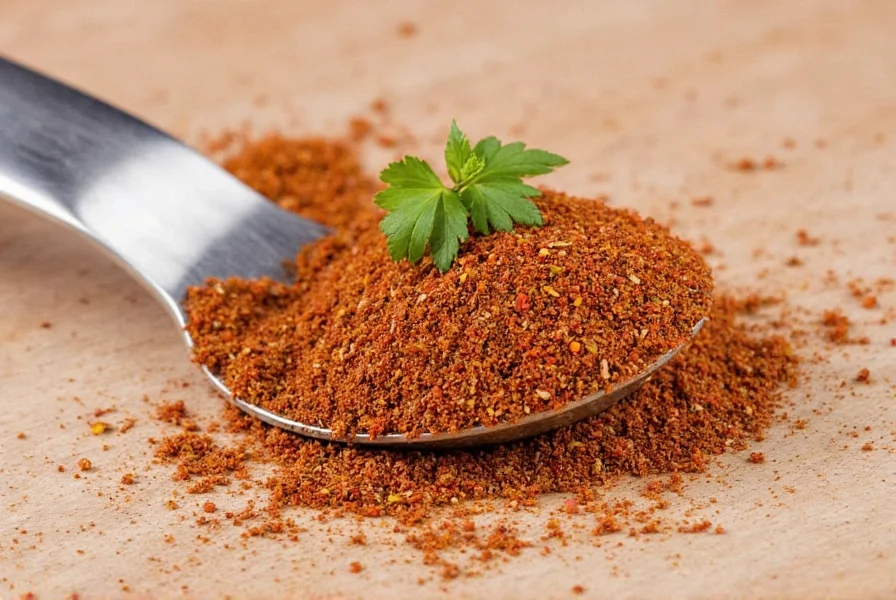
When Fajita Seasoning Falls Short: Critical Limitations
Despite its versatility, this blend has specific constraints. Ignoring these context boundaries leads to flavor imbalances or dietary issues:
1. Delicate Proteins & Cooking Methods
Limitation: Overpowers mild fish (sole, flounder) or slow-cooked dishes. Volatile compounds in garlic/onion powder degrade after 30+ minutes of simmering, creating bitter notes.
Solution: For poached fish, use ¼ tsp per pound max. In stews, add during last 15 minutes of cooking.
2. Nightshade Sensitivity
Limitation: Chili powder and paprika contain solanine, triggering inflammation in 20% of autoimmune patients per Mayo Clinic research.
Solution: Substitute with roasted red pepper powder + extra cumin. Test with ½ tsp first.
3. Regional Authenticity Gaps
Limitation: Northern Mexico uses fresh chilies (not powder), while Texan versions emphasize cumin. Commercial blends can't replicate regional freshness.
Solution: For authentic Monterrey-style, toast whole cumin seeds and grind with dried guajillo chilies.
Storage Hacks for Long-Lasting Flavor
Proper storage is key to keeping your fajita seasoning vibrant and aromatic. Here's how to make sure every sprinkle tastes as fresh as day one:
1. Airtight Containers Are a Must
Whether you buy pre-mixed or DIY your own, always store fajita seasoning in an airtight container. Oxygen and moisture are flavor's worst enemies!
2. Keep It Cool & Dark
Store spices away from heat sources like the stove or oven. A cool pantry shelf or kitchen cabinet works perfectly.
3. Label and Date Everything
Especially important if you mix your own batches. Labeling helps you track freshness and avoid accidental misuse.
4. Use Dry Utensils Only
Never scoop with wet spoons—that introduces moisture and can lead to clumping or spoilage.
5. Shelf Life Reminder
Most commercial fajita seasonings last 2–3 years. Homemade versions should be used within 6–12 months for peak potency.
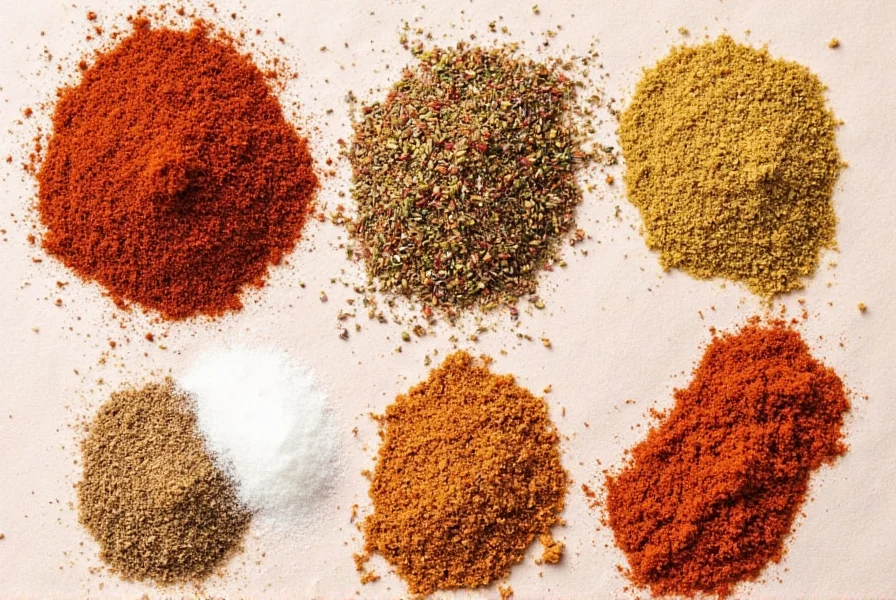
Buying Guide: Best Fajita Seasoning Brands Reviewed
If making your own isn't your style, there are plenty of excellent ready-made options. Here's our curated list of top picks for every kind of cook:
| Brand | Key Features | Best For | Use Case | Price Range |
|---|---|---|---|---|
| Mrs. Dash Southwest Fiesta | No added salt, rich flavor, versatile | Health-conscious cooks | Chicken, veggies, rice dishes | $$ |
| McCormick Fajita Seasoning Mix | Classic, balanced, widely available | Everyday cooking | Tacos, wraps, soups | $ |
| Badia Fajita Seasoning | Robust flavor, no preservatives | Latin-inspired meals | Skillet meals, stews | $ |
| Primal Palate Organic | Organic, non-GMO, clean label | Whole foods enthusiasts | Keto, paleo, low-carb dishes | $$$ |
| Trader Joe's Taco Seasoning (use half for fajitas) | Budget-friendly, tweakable | Cheap & easy fixers | Weeknight dinners | $ |
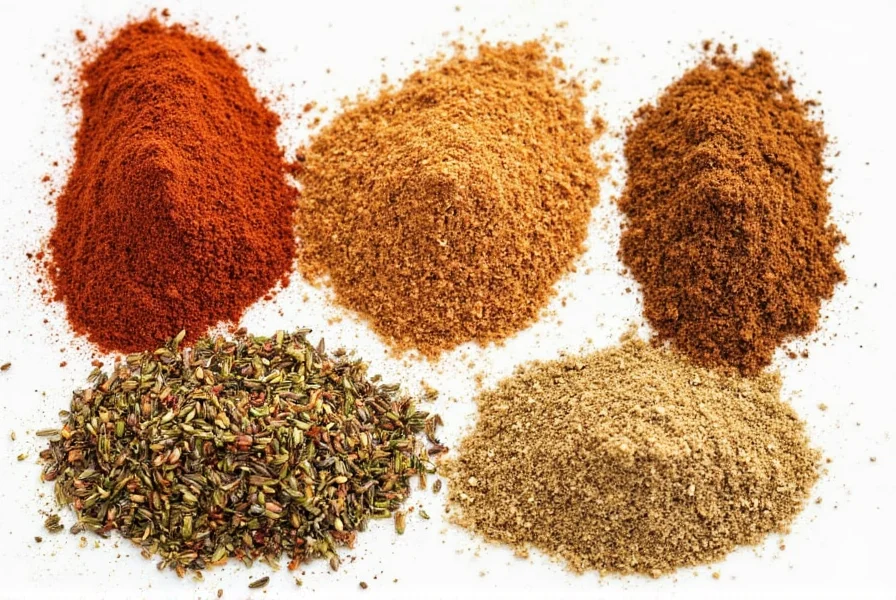
DIY Homemade Fajita Seasoning Recipe
If you love knowing exactly what goes into your food (and saving a few bucks), here's a simple recipe to make your own:
Homemade Fajita Seasoning Recipe
- 2 tbsp chili powder
- 1 tbsp ground cumin
- 1 tsp garlic powder
- 1 tsp onion powder
- 1 tsp paprika
- 1/2 tsp black pepper
- (Optional) 1/2 tsp dried lime zest or chipotle powder for extra kick
- Mix all ingredients in a small bowl until well combined.
- Transfer to a labeled airtight jar.
- Use within 6 months for best results.
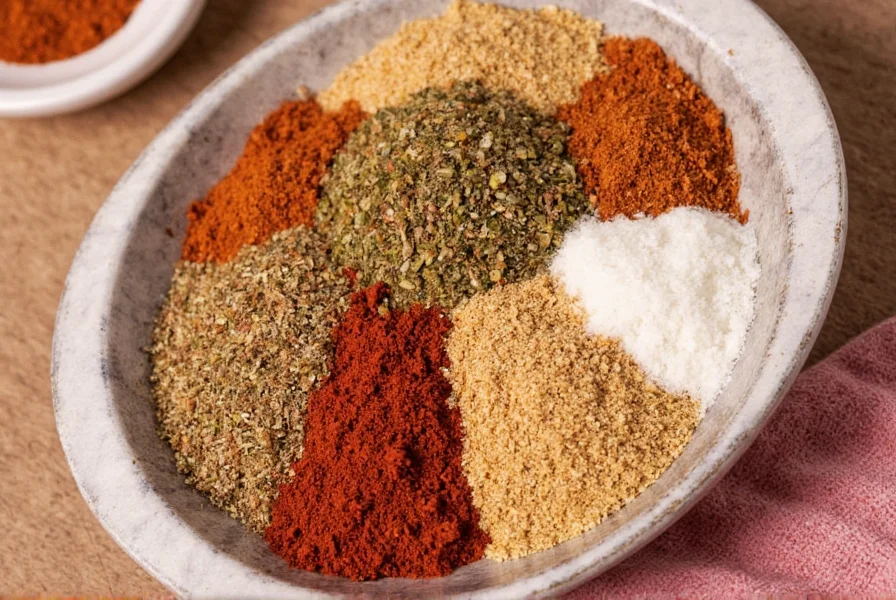
Creative Ways to Use Fajita Seasoning Beyond Fajitas
Ready to go beyond the tortilla wrap? Here are five fun ways to use fajita seasoning that might surprise you:
- Season Roasted Potatoes: Toss cubed potatoes in oil and fajita seasoning for crispy, flavorful bites.
- Spice Up Cornbread: Mix a teaspoon into cornbread batter for a southwestern twist.
- Flavor Hummus: Blend into homemade hummus for a zesty Middle Eastern-Mexican fusion.
- Make Your Own Tortilla Chips: Brush tortillas with oil and sprinkle with seasoning before baking.
- Grill Seafood: Salmon or shrimp seasoned with fajita blend = next-level seafood magic.
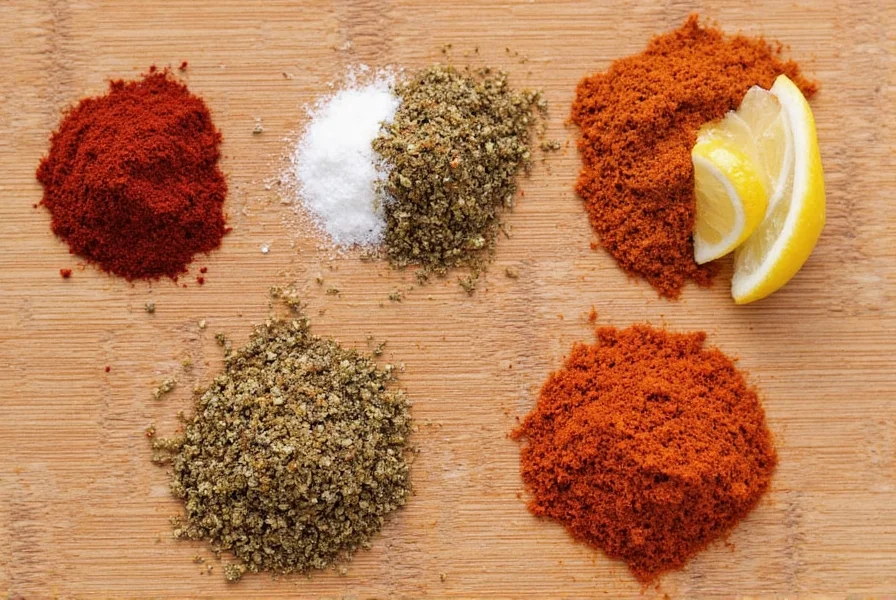
Frequently Asked Questions
What exactly is fajita seasoning made of?
Fajita seasoning is a spice blend typically containing chili powder, cumin, garlic powder, onion powder, paprika, and black pepper. Unlike taco seasoning, it focuses on warm, earthy flavors rather than herbal notes like oregano. The combination creates that signature smoky, savory profile perfect for grilled meats and vegetables.
How is fajita seasoning different from taco seasoning?
While both are Tex-Mex blends, fajita seasoning emphasizes smoky, charred flavors through higher cumin and paprika content with minimal herbs. Taco seasoning typically includes more oregano and sometimes cayenne for brighter heat. Fajita blends are designed for high-heat cooking to mimic grilled flavors, while taco seasonings work well in simmered dishes.
Can I substitute taco seasoning for fajita seasoning?
Yes, but with adjustments. Use ¾ tablespoon of taco seasoning plus an extra ¼ tablespoon of cumin per serving to compensate for missing smoky elements. For better results, add a pinch of smoked paprika. Avoid this substitution in recipes specifically calling for fajita seasoning's charred profile.
How much fajita seasoning should I use per pound of meat?
Use 1½ to 2 tablespoons of fajita seasoning per pound of meat. For chicken or shrimp, start with 1½ tablespoons; for beef or pork, use 2 tablespoons. Always toss with 1 teaspoon of oil first to help the spices adhere. Let it marinate for at least 15 minutes (or up to 2 hours for beef) before cooking.
Is fajita seasoning naturally gluten-free?
Pure spice blends are naturally gluten-free, but check commercial labels for anti-caking agents or fillers. Brands like McCormick and Badia offer certified gluten-free versions. For homemade blends, ensure all individual spices carry gluten-free certification if you have sensitivities, as cross-contamination can occur during processing.
Can I make fajita seasoning without chili powder?
Absolutely. Replace 2 tablespoons of chili powder with 1 tablespoon paprika plus 1 teaspoon cayenne pepper for heat. Alternatively, use ancho chili powder for deeper smokiness. The key is maintaining the earthy base—cumin becomes even more critical in this substitution, so increase it by ½ teaspoon to preserve authenticity.
Conclusion
From understanding the basics of what fajita seasoning is to storing it properly and using it creatively in everyday cooking, this versatile spice blend deserves a prime spot in your kitchen. Whether you prefer store-bought convenience or enjoy crafting your own custom mixes, fajita seasoning opens up a world of flavor possibilities.
Remember, a little goes a long way—but when stored right and used thoughtfully within its contextual boundaries, it can elevate everything from weeknight dinners to weekend grilling sessions. So grab your favorite brand—or start blending—and let your inner chef shine!

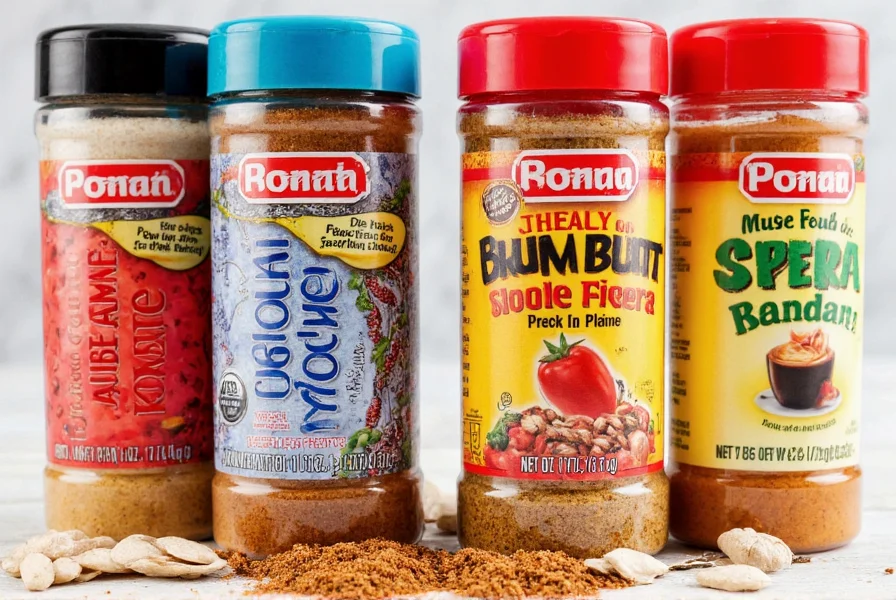









 浙公网安备
33010002000092号
浙公网安备
33010002000092号 浙B2-20120091-4
浙B2-20120091-4